This beautiful little radio may look like an art deco relic from a hundred years ago, but it is actually from 2023. When [Craig Lindley] first saw this design on these very pages a few years ago, he just had to build one eventually. Turns out, all he had to do wait until he bought a laser cutter.
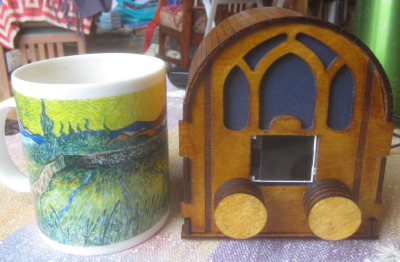 Built with hardware on hand, this radio runs on an ESP32 WROOM and uses an Adafruit VS1053 CODEC breakout. Song information is displayed on an SPI LCD display, and output comes via a 1/8″ jack. It can play songs streamed from Internet radio stations, [Craig]’s website, or directly from an SD card.
Built with hardware on hand, this radio runs on an ESP32 WROOM and uses an Adafruit VS1053 CODEC breakout. Song information is displayed on an SPI LCD display, and output comes via a 1/8″ jack. It can play songs streamed from Internet radio stations, [Craig]’s website, or directly from an SD card.
The lovely cabinet is made from 1/8″ Baltic birch, with a living hinge for a roof and sides. The amber shellac goes a long way toward establishing the antique aesthetic.
Not content with this cute radio, [Craig] went ahead and built a speaker system to go with it out of a pair of small, external laptop speakers. [Craig] says this project had a lot of ups and downs, but we are quite happy to see it come to fruition.
Do you have an antique radio you’d like to restore? Be sure to check out our guide.

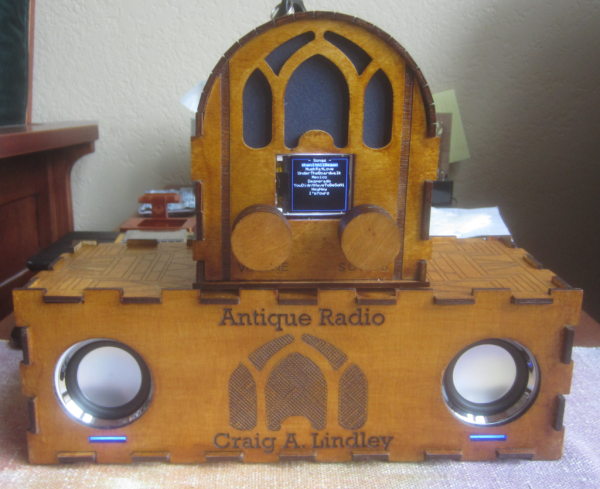
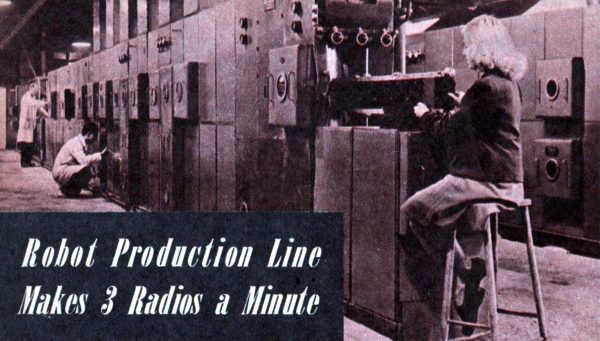
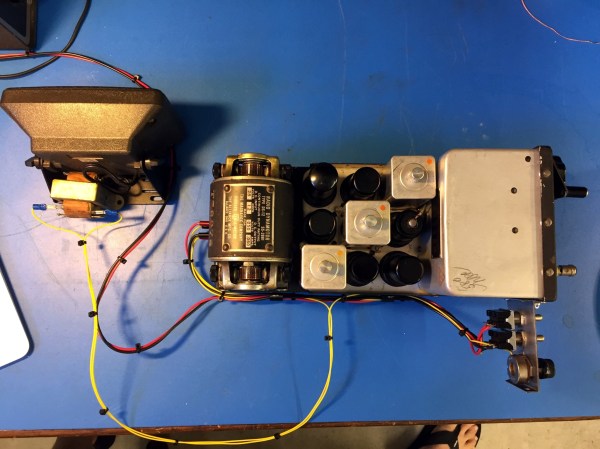



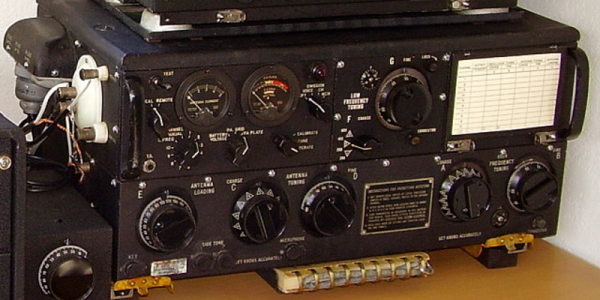
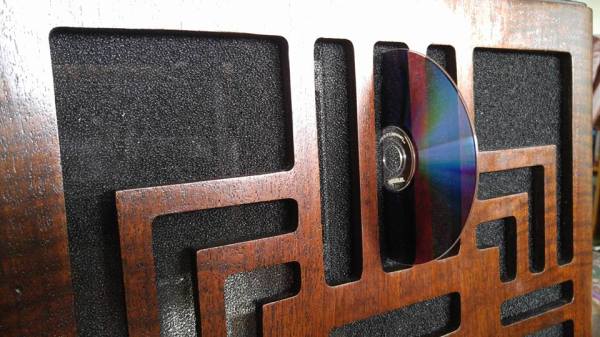
 Clearly a labor of love, [SolomonZaraa]’s two-year effort guts the radio but still manages to pay homage to the original beauty of the 1939 vintage
Clearly a labor of love, [SolomonZaraa]’s two-year effort guts the radio but still manages to pay homage to the original beauty of the 1939 vintage 









